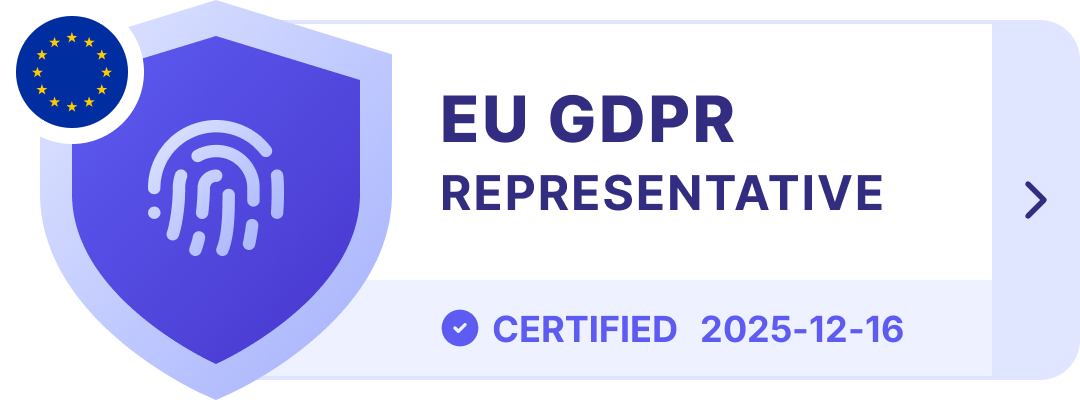HOW TO MAKE YOUR RECRUITMENT LANDING PAGES WORK HARD FOR YOU
July 28, 2021
Every recruiter or talent team realizes the importance of landing pages and onsite applications, but not all get it right. Perfecting your job application and website landing pages will reduce your reliance on job boards and aggregators, while keeping visitors on your website. Candidates are attracted to landing pages that educate, are clear, relevant with easy job application and information flow. The aim is not grandiose – build it to make them come, keep them long enough to explain and convert into a successful application or enquiry.
Sites that confuse potential applicants with incoherent content, annoying drop-downs, confusing navigation or an unclear value proposition are a waste of time and money. Remember, first impressions count. For example, if you are investing your recruitment advertising budget into finding Sales and Marketing candidates, then you need to give potential BDMs, executives, and marketers a great first impression, immediately connecting and relating with them as soon as they land on your page.
You may already be sending traffic to your landing pages with great SEO, social media, email marketing and job advertisements, however bear in mind that if your landing pages are substandard and hard to navigate, you run the risk of killing your lead generation efforts.
1. KEEP IT SIMPLE
If your landing page is overcrowded with information, your visitors will leave. A human’s average attention span is seven seconds. A clean, concise and attractive web or application page makes it easier for your audience to find the most relevant information quickly. As a guide, your landing page should be answering following questions for each visitor:
What is the purpose of this page?
Does it capture interest?
What am I supposed to do?
Should I share this experience?
The key is to answer the above questions in a succinct way, ensuring it is easy for the reader to digest and act.
2. POWERFUL CALL TO ACTIONS
Visitors need to be compelled to stay on your landing page and take a specific action. It is a balancing act as too many prompts could also confuse your visitors, resulting in fewer conversions. Stick with one or two interesting, significant call to actions. Most of these steps require small changes but could result in a big impact on your success. My suggestion is to make one change at a time and closely monitor the results as you go.
3. KEEP IT SHORT AND SWEET
When sharing relevant content with your audience, avoid disrupting their attention with long blocks of text. Keep it short and concise, try to vary the layout with bullet points, and appropriate videos or images. Don’t forget, video is important and get them on YouTube (now one of the biggest search engines). This small step will help you share your message up front with your prospects, ultimately resulting in more quality conversions.
4. THINK HEADLINES
If you see these two headlines:
“Don’t let inferior leads cost you money.”
“80% of marketers believe leads are valuable.”
Chances are, you will gravitate towards the first one. Your headline does not need to cover all of your landing page’s elements, but it should lure your audience to continue the content journey, and ultimately follow through with your call to action.
The great David Ogilvy said “On the average, five times as many people read the headline as read the body copy. When you have written your headline, you have spent eighty cents out of your dollar” – that is a hefty 80% of your committed resources to an initiative.
Give these recommendations a try, run a quick audit on your landing and website pages to get an idea of where the gaps are. It is relatively simple to secure your audience’s attention with the perfect first impression.
ABOUT THE AUTHOR
Nicole Clarke is the co-founder of Shazamme, the number one provider of marketing solutions for recruiters and employers. Nicole has helped many recruiters take their businesses and recruiting efforts to the next level. Connect with Nicole on LinkedIn .









